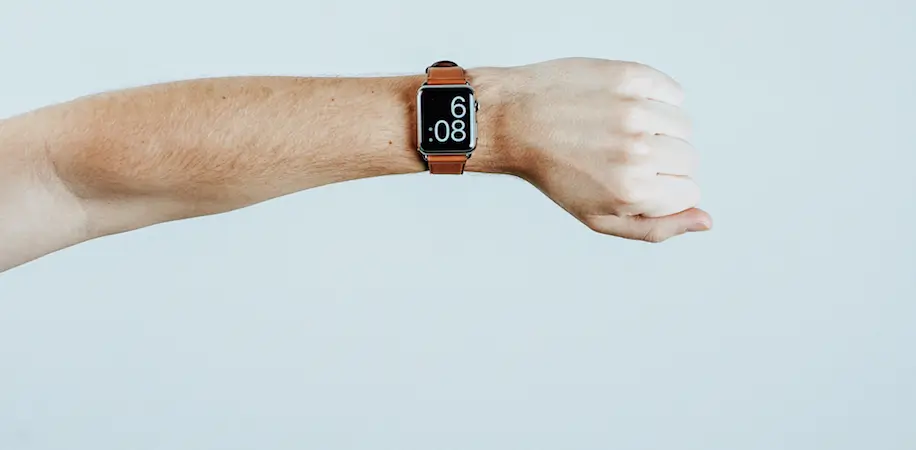1 De Neys, W. (2006).Quarterly Journal of Experimental Psychology: Human Experimental Psychology, 59, 1070 -1100.
2 Phillips, W. J., Fletcher, et al. (2016). Thinking styles.Psychological Bulletin, 142(3), 260-290.

Psychologists and neuroscientists believe an individual's thinking style gravitates to either of two types of decision-making behaviors: a) intuitive processing that is automatic, fast, preconscious, associative, autonomous and requires little or no memory or b) reflective processing that is relatively slow, effortful, conscious, analytical, rule-based, and requires memory. Intuitive thinkers are fast and frugal in their decision making while reflective thinkers are slow and systematic. There is compelling experimental and neuroscientific evidence suggesting that the cognitive process for each thinking pattern is unique. Put another way, we have two distinct ways of thinking and each has a different neurological processing pattern in the brain1.
While everyone has and uses both ways of thinking, most people are predisposed or make a habit of preferring one style of thinking to the other. Some, however, use a balanced approach in their decision-making, but these people are a minority. Your preference is determined in part by experience, in part by personality, in part by your training, in part by the decision itself, and in part by the context.
If you are:
So how does your thinking style influence the quality of your decisions? If you are a reflective thinker, you are better at analytic decisions. If you are an intuitive thinker, you are better at time-pressured decisions. If you use both thinking styles, you likely excel in a variety of decision-making situations. Most often people will use their preferred thinking style, regardless of the type of decision to be made. If you want to improve the quality of the decisions you make, determine the type of decisions you have to make, and engage the appropriate thinking style.
1 De Neys, W. (2006).Quarterly Journal of Experimental Psychology: Human Experimental Psychology, 59, 1070 -1100.
2 Phillips, W. J., Fletcher, et al. (2016). Thinking styles.Psychological Bulletin, 142(3), 260-290.



